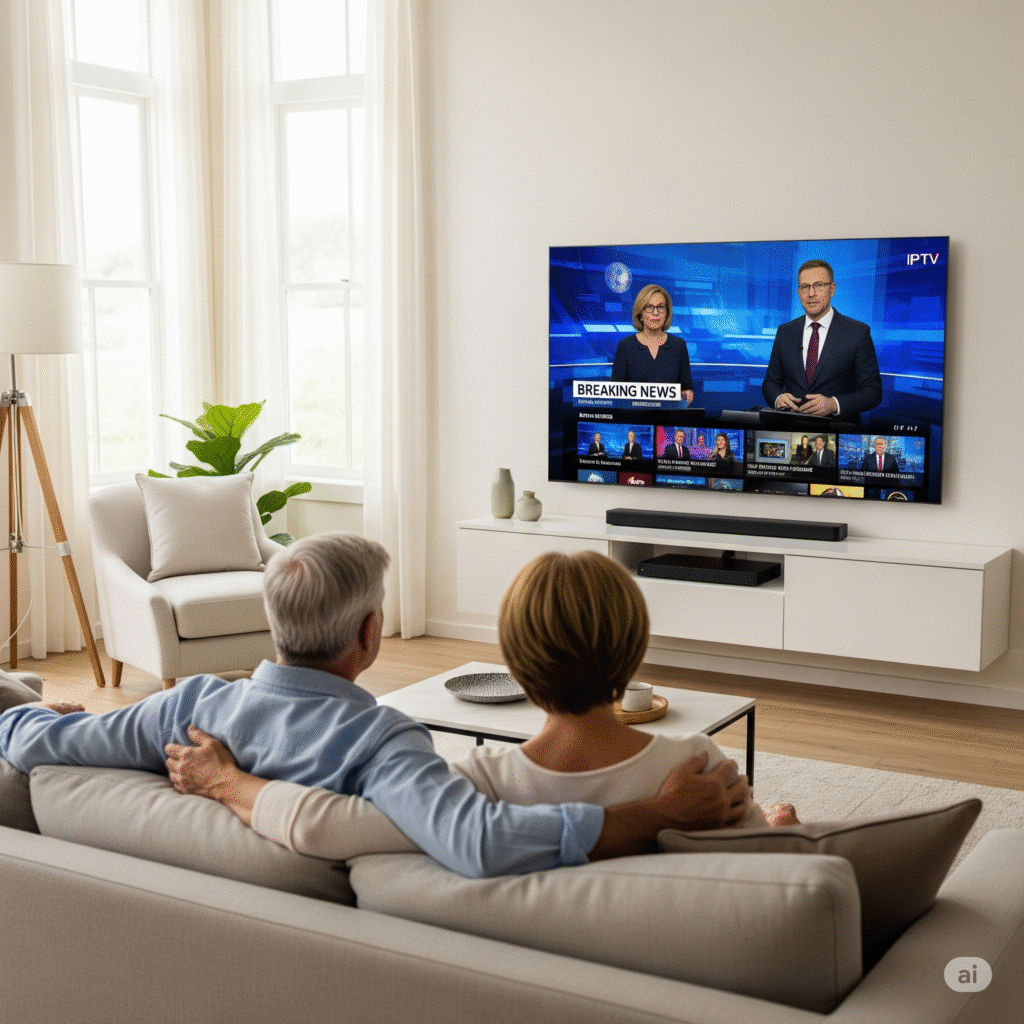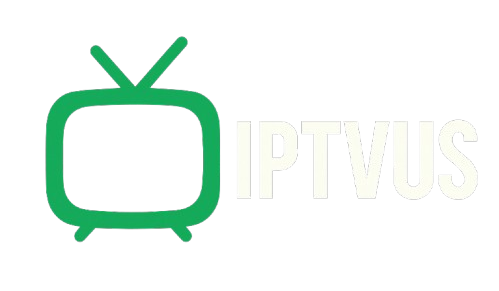IPTV For Seniors USA

IPTV For Seniors USA: The Simple, Affordable Way to Enjoy TV Again
Television has long been a source of comfort, entertainment, and connection for older adults. Whether it’s watching a favorite classic movie, tuning in to the morning news, or following a beloved sports team, TV plays a big role in daily life. But with cable bills rising and technology evolving fast, many seniors in the United States are feeling left behind — or worse, paying too much for a service they barely understand or need.
That’s where IPTV For Seniors USA comes in. IPTV (Internet Protocol Television) is a modern, flexible way to watch TV over the internet. And it’s not just for tech-savvy millennials — IPTV can be a fantastic, user-friendly, and cost-effective option for seniors, especially those who want simplicity without sacrificing quality.
In this blog post, we’ll walk through everything you need to know about IPTV For Seniors USA — what it is, how it works, why it’s a great choice, and how to find a service that’s tailored to the needs of older adults.
What Is IPTV and Why Does It Matter for Seniors?
Let’s start with the basics. IPTV stands for Internet Protocol Television, and it simply means that your TV programming comes through the internet instead of traditional cable or satellite. This allows for more flexibility in terms of what you watch, when you watch it, and how much you pay.
With IPTV For Seniors USA, there’s no need for complicated equipment or confusing contracts. All you need is an internet connection, a streaming device (like a smart TV, Amazon Firestick, or even a tablet), and a subscription to a reliable IPTV service.
The beauty of IPTV is that it can be customized to fit the user — and that’s especially important for older adults who may not want or need hundreds of channels, or who may prefer familiar interfaces and straightforward navigation.
Benefits of IPTV For Seniors USA
1. Affordable Pricing
One of the biggest advantages of IPTV For Seniors USA is cost. Traditional cable services often charge $100 or more per month, with added fees for premium channels and DVR capabilities. IPTV, on the other hand, can cost as little as $10–$25 per month for access to hundreds of channels — including news, classic movies, sports, and lifestyle programming that seniors love.
Some providers even offer senior-friendly packages with only the essential channels, helping users save money and avoid overwhelming options.
2. Ease of Use
Today’s IPTV platforms are built for all ages. With simple interfaces, voice search options, large icons, and even remote controls that are specifically designed for older users, the user experience can be smooth and intuitive.
Many IPTV For Seniors USA providers also offer built-in program guides (EPG) that make it easy to find favorite shows and schedule recordings — without the complicated menus that come with cable boxes.
3. Access to Favorite Content
For seniors, comfort often comes from familiarity. IPTV services cater to this by offering access to favorite channels like Hallmark, Turner Classic Movies (TCM), Fox News, CBS, and AARP-recommended programming. Whether it’s vintage comedies, faith-based programming, or documentaries, IPTV has something for everyone.
And because IPTV often includes Video On Demand (VOD) libraries, seniors can re-watch old favorites or catch up on episodes they missed — at their own pace.
4. Portability and Flexibility
With IPTV For Seniors USA, television isn’t tied to a single room or cable box. Seniors can watch TV on a tablet while relaxing in bed, take their streaming stick to a family member’s house, or even enjoy content while traveling (with an internet connection).
This flexibility can be especially helpful for older adults who live part-time in another state, visit family often, or simply want to enjoy entertainment in different rooms without extra hardware.
Common Concerns and Simple Solutions
While IPTV offers many benefits, some seniors (and their caregivers) may have questions or concerns. Let’s address a few common ones:
“I’m Not Good With Technology”
That’s okay! Many IPTV services designed for seniors come with easy setup instructions, and some even offer remote support or guided installation. Look for a provider that emphasizes customer service and has an easy-to-navigate interface.
Some even offer remote access setup, where a technician can set up your service via your internet connection — no complicated steps required.
“What if My Internet Isn’t Fast Enough?”
Streaming IPTV usually requires a minimum speed of 10 Mbps. If you’re unsure about your internet speed, you can run a simple speed test or ask your internet provider. If your connection is strong, IPTV should run smoothly — even in HD.
“Is IPTV Legal?”
Yes — when using a licensed provider, IPTV For Seniors USA is completely legal. Just make sure the service you choose offers channels with proper broadcast rights. Avoid “too good to be true” deals with thousands of premium channels for just a few dollars; those often involve pirated content and unstable service.
How to Choose the Best IPTV For Seniors USA
Here are some features and factors to look for when choosing the best IPTV service for older users in the U.S.:
✅ Senior-Friendly Interface
Look for large text, minimal clutter, and simple navigation. Some providers offer a “senior mode” with a simplified home screen and easy channel switching.
✅ Relevant Channel Selection
Make sure the plan includes channels your loved one watches: classic movie channels, news, religious programming, local news, and entertainment.
✅ Live Customer Support
Many IPTV providers offer live chat or ticket-based support, but the best options for seniors include phone support with real people — especially helpful for troubleshooting or installation.
✅ DVR and On-Demand Features
Time-shifting features like pause, rewind, and record are especially helpful for seniors who prefer watching at their own pace.
✅ Multiple Device Options
Make sure the IPTV plan works on TVs, tablets, or phones, so it can adjust to the senior’s lifestyle and preferred screen.
Tips to Help Seniors Get Started with IPTV
- Set Up Together – Help a parent or grandparent set up IPTV and walk them through the interface.
- Use a Simplified Remote – Get a basic remote control with fewer buttons. Some IPTV apps also offer voice control.
- Create Favorites – Bookmark favorite channels or programs so they’re easy to access.
- Set Up Auto-Launch – Configure the TV or box to open directly to the IPTV app when turned on.
- Offer a Printed Guide – Create a simple paper guide with steps for turning the TV on, using the remote, and accessing favorite shows.
Real-Life Example: IPTV Changed My Mom’s Viewing Experience
Before switching to IPTV, my 72-year-old mother was stuck with an outdated cable package that cost over $90 a month and only offered channels she didn’t watch. After helping her set up a basic IPTV For Seniors USA package, she now enjoys her favorite classic shows, watches morning news in bed on her tablet, and even learned to pause and replay her programs. Best of all, she pays a third of the cost — and no longer dreads “technology.”
Conclusion: Make TV Simple, Enjoyable, and Affordable Again
Television should be relaxing, not complicated or expensive. That’s exactly what IPTV For Seniors USA offers — a simpler, more affordable way for older adults in the U.S. to enjoy their favorite shows, channels, and movies without frustration.
From intuitive interfaces and senior-focused features to portability and unbeatable prices, IPTV is changing how seniors connect with entertainment. Whether for yourself, a parent, or a grandparent, it’s worth exploring IPTV as the next step in a comfortable and enriching TV experience.
Ready to explore the best IPTV options for seniors? Visit IPTVUS.store for flexible, senior-friendly plans and helpful support designed with older users in mind.
Meta Description:
Explore IPTV For Seniors USA — the easy, affordable solution for older adults looking to enjoy modern TV with simple controls, familiar channels, and flexible features.
